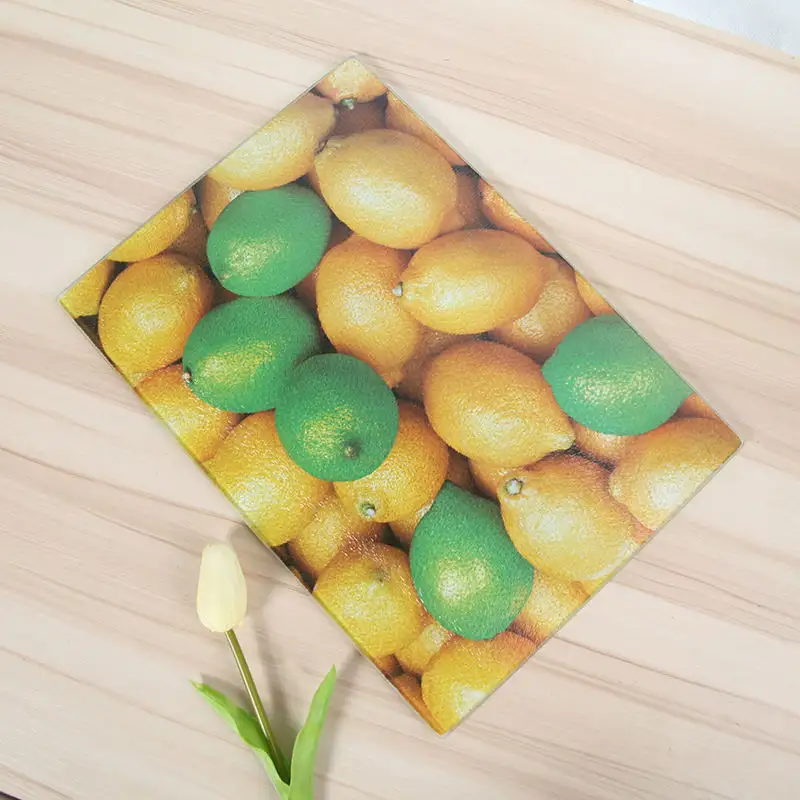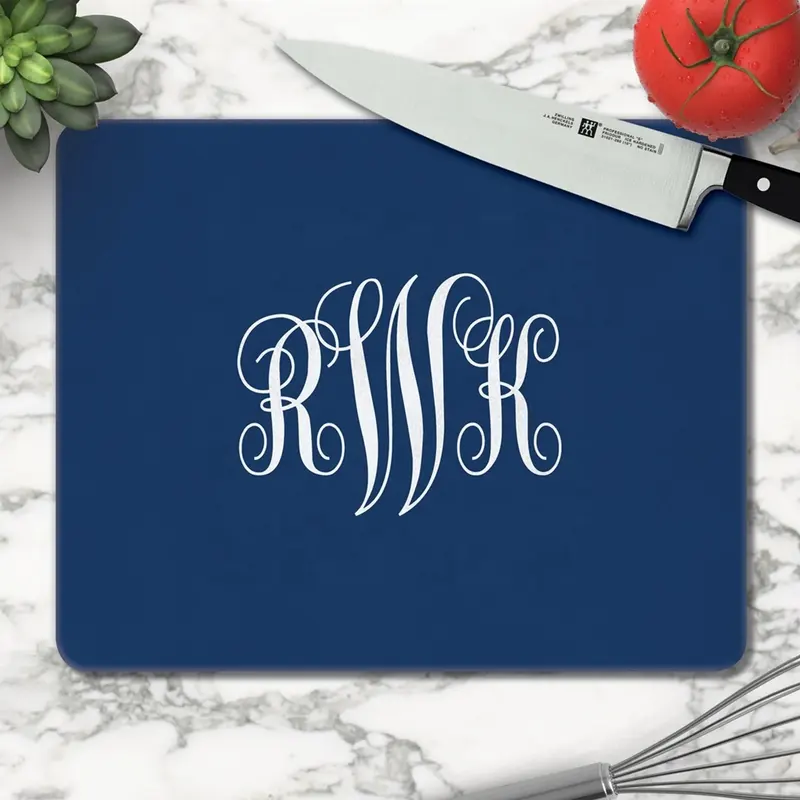Ensuring safety when using glass cutting boards is crucial to prevent accidents and maintain the integrity of the cutting board. Here are some tips on using glass cutting boards properly:
1. Handle with Care:
- Glass cutting boards are more prone to chipping or breaking compared to other materials. Handle them with care to avoid dropping or subjecting them to heavy impacts.
2. Avoid Heavy-Duty Tasks:
- Reserve glass cutting boards for lighter cutting tasks such as chopping fruits, vegetables, and other softer ingredients. Avoid using them for heavy-duty tasks like butchering large cuts of meat.
3. Use the Right Knife:
- Choose knives with blades that are less prone to chipping. Softer knives may be a better match for the hard surface of a glass cutting board.
4. Rotate the Cutting Surface:
- If your glass cutting board has a pattern or design on one side, consider rotating it occasionally to ensure even wear on the cutting surface.
5. Protect Countertops:
- Place a damp cloth or a nonslip mat under the glass cutting board to prevent it from sliding and to protect your countertop. This provides stability during use.
6. Avoid Extreme Temperature Changes:
- Avoid subjecting the glass cutting board to extreme temperature changes. For example, do not place a hot cutting board in cold water, as this can increase the risk of breakage.
7. Regular Inspection:
- Periodically inspect the glass cutting board for any signs of damage, such as chips or cracks. If you notice any damage, discontinue use to prevent further issues.
8. Use as a Trivet:
- Take advantage of the heat-resistant properties of glass cutting boards by using them as trivets for hot pots and pans. This adds functionality to the cutting board.
9. Avoid Overcrowding:
- When cutting ingredients, avoid overcrowding the cutting board. Give yourself enough space to work comfortably and reduce the risk of accidentally knocking items off the board.



